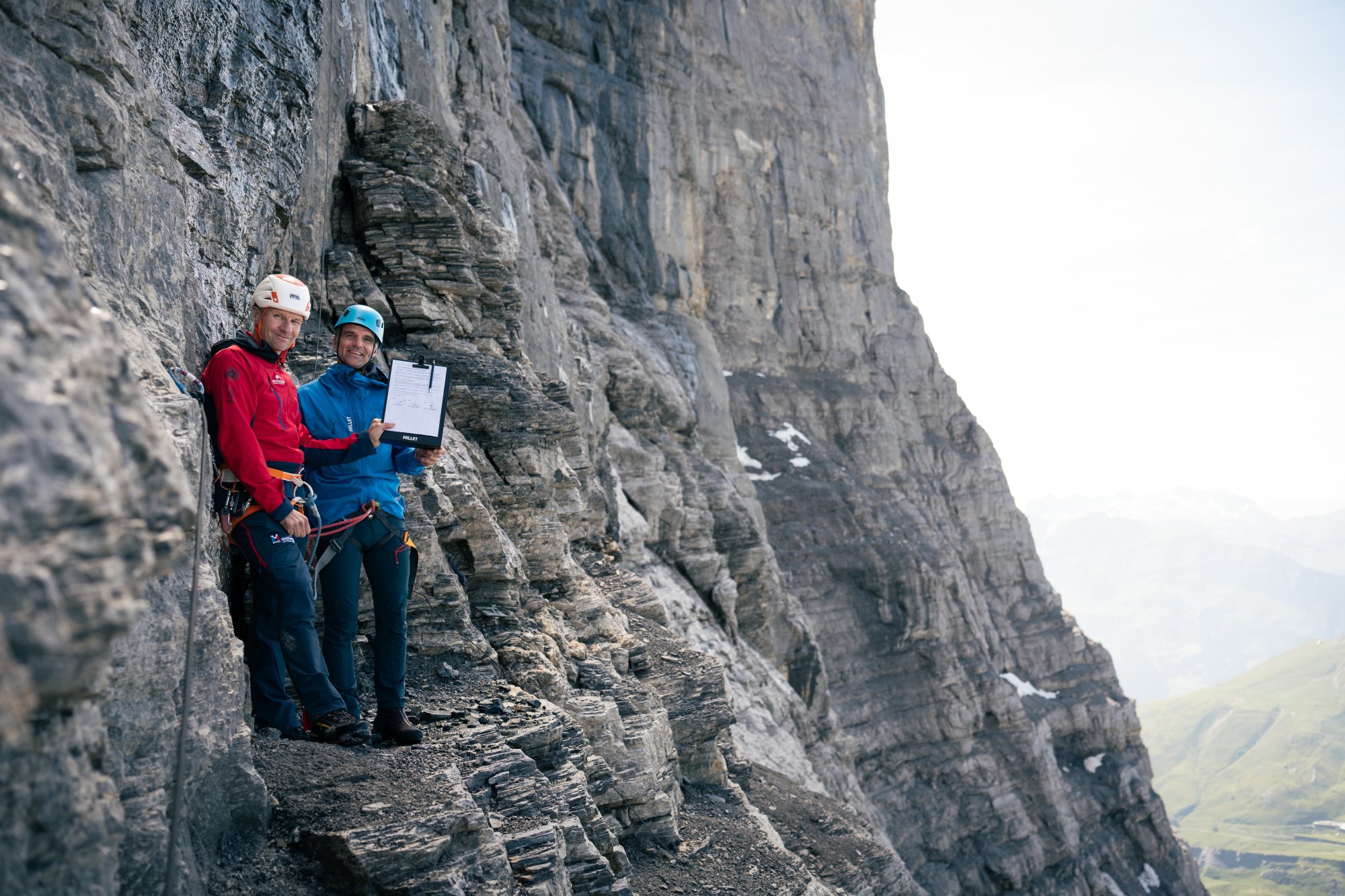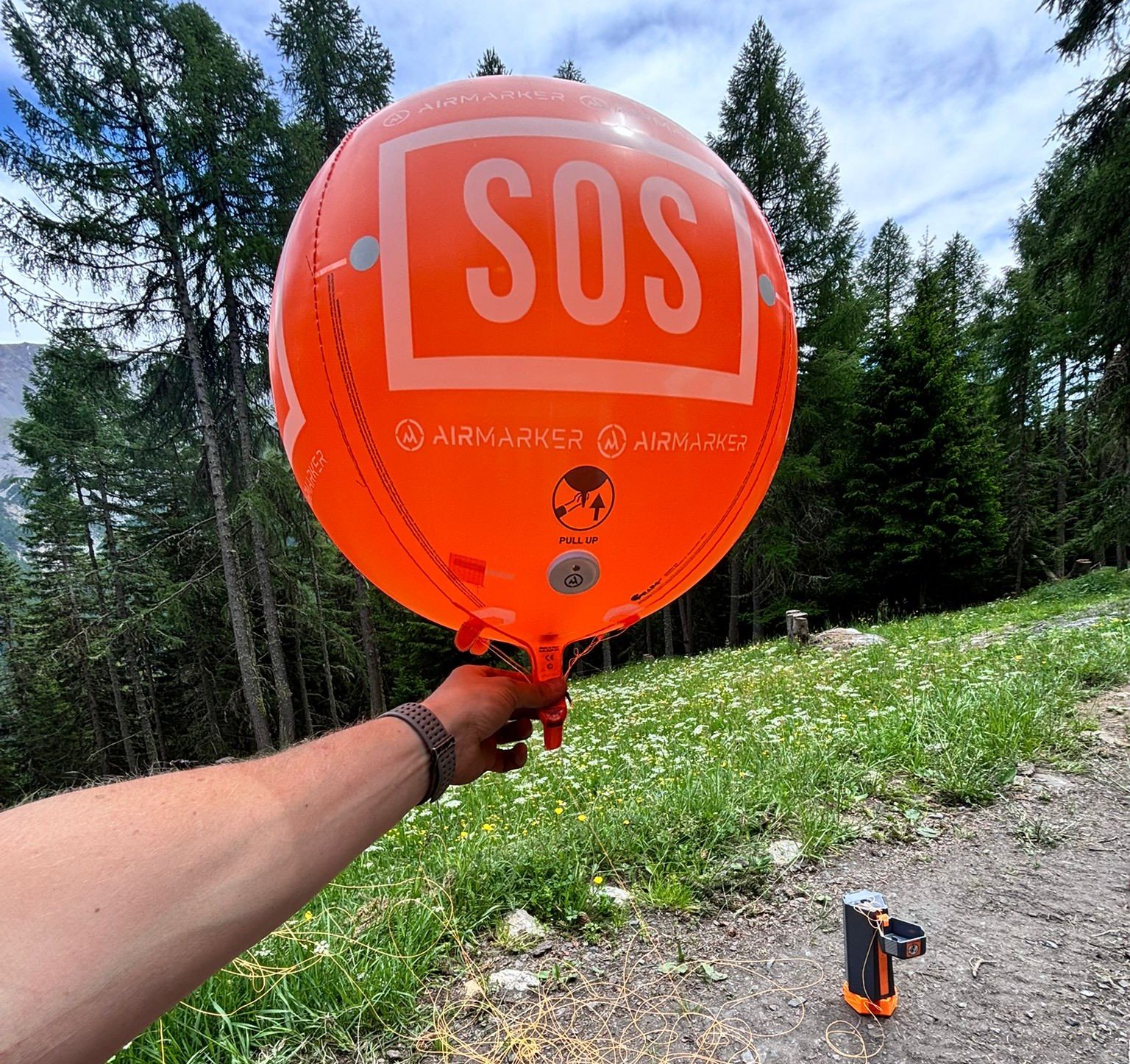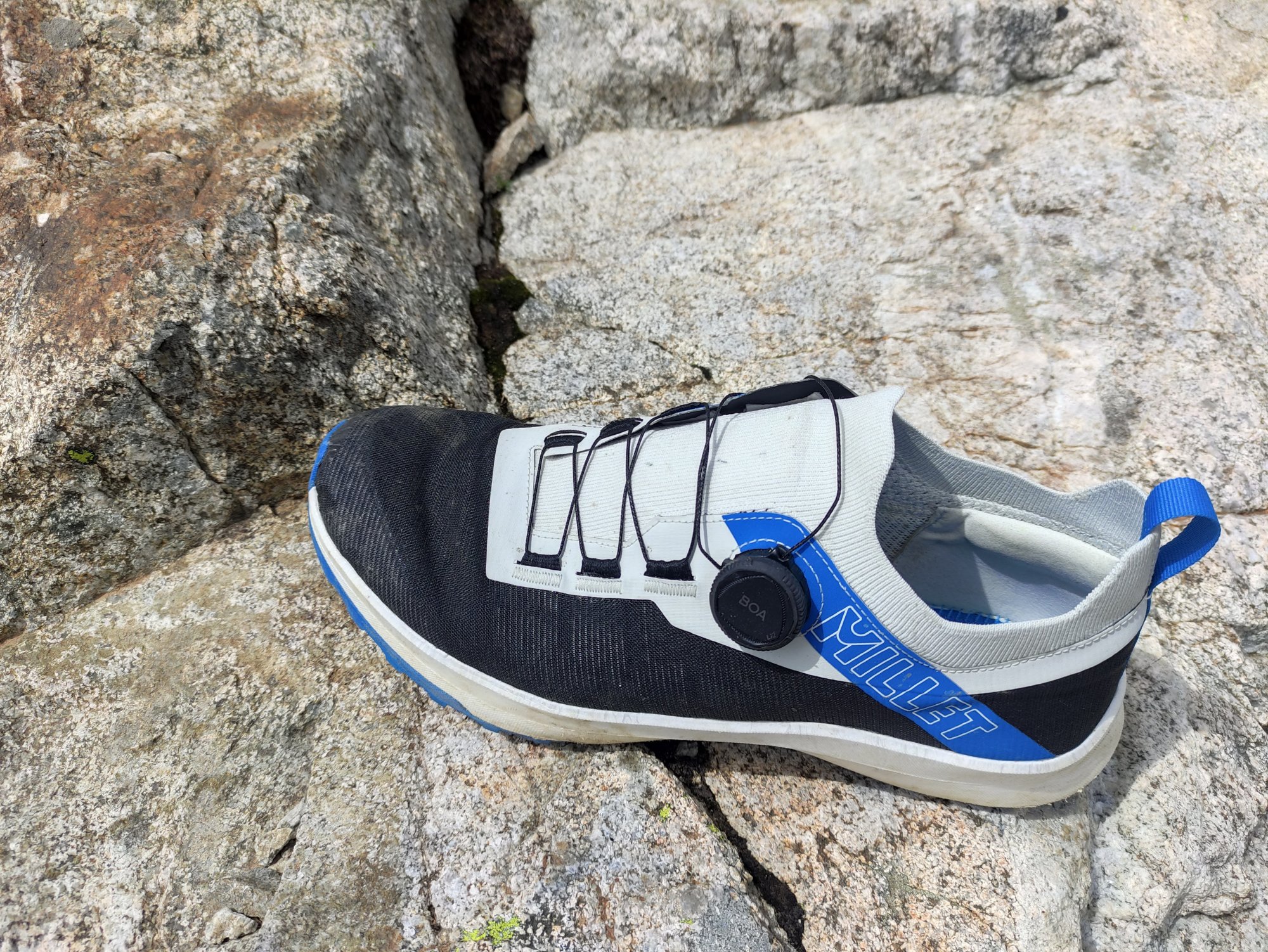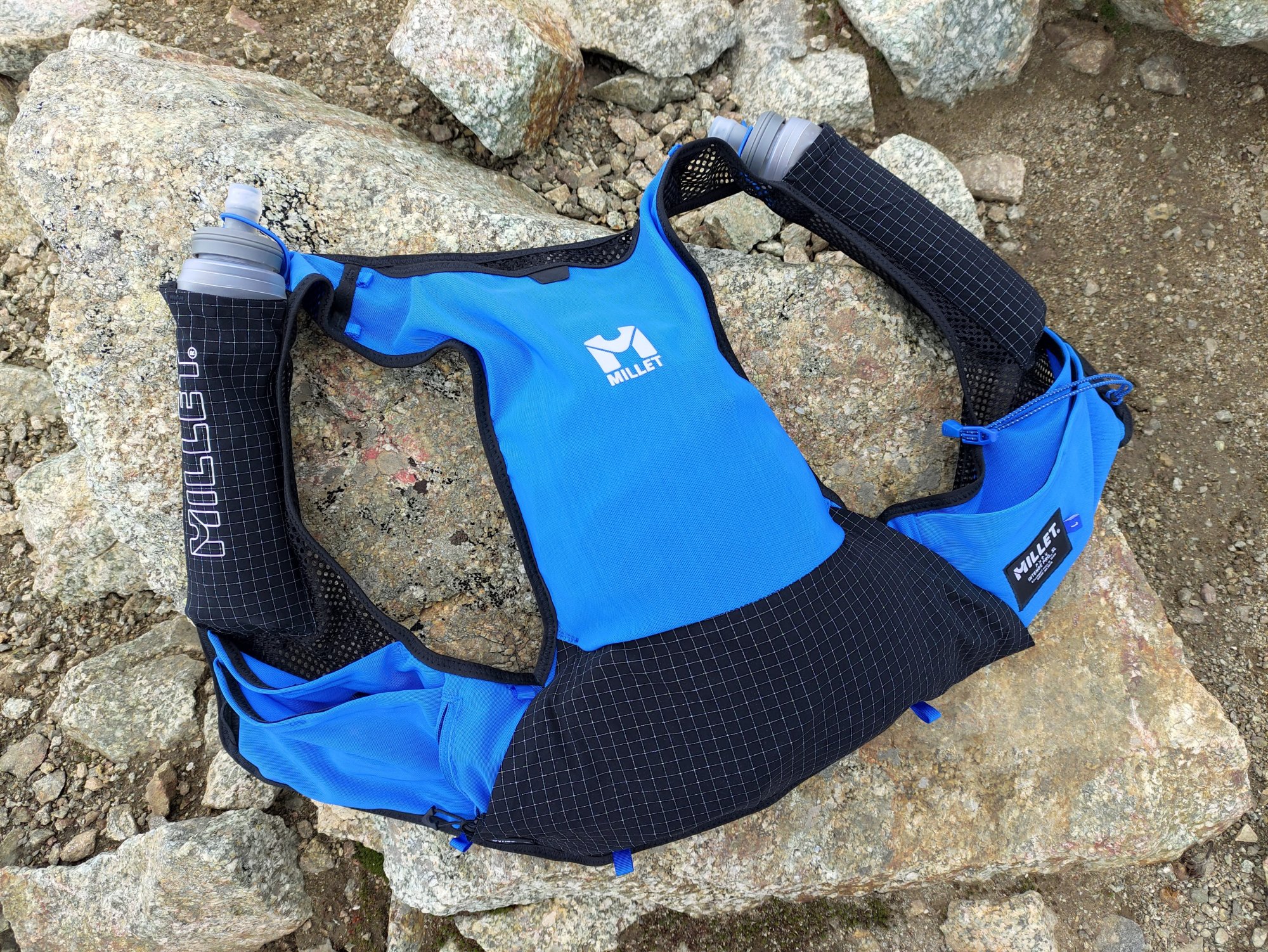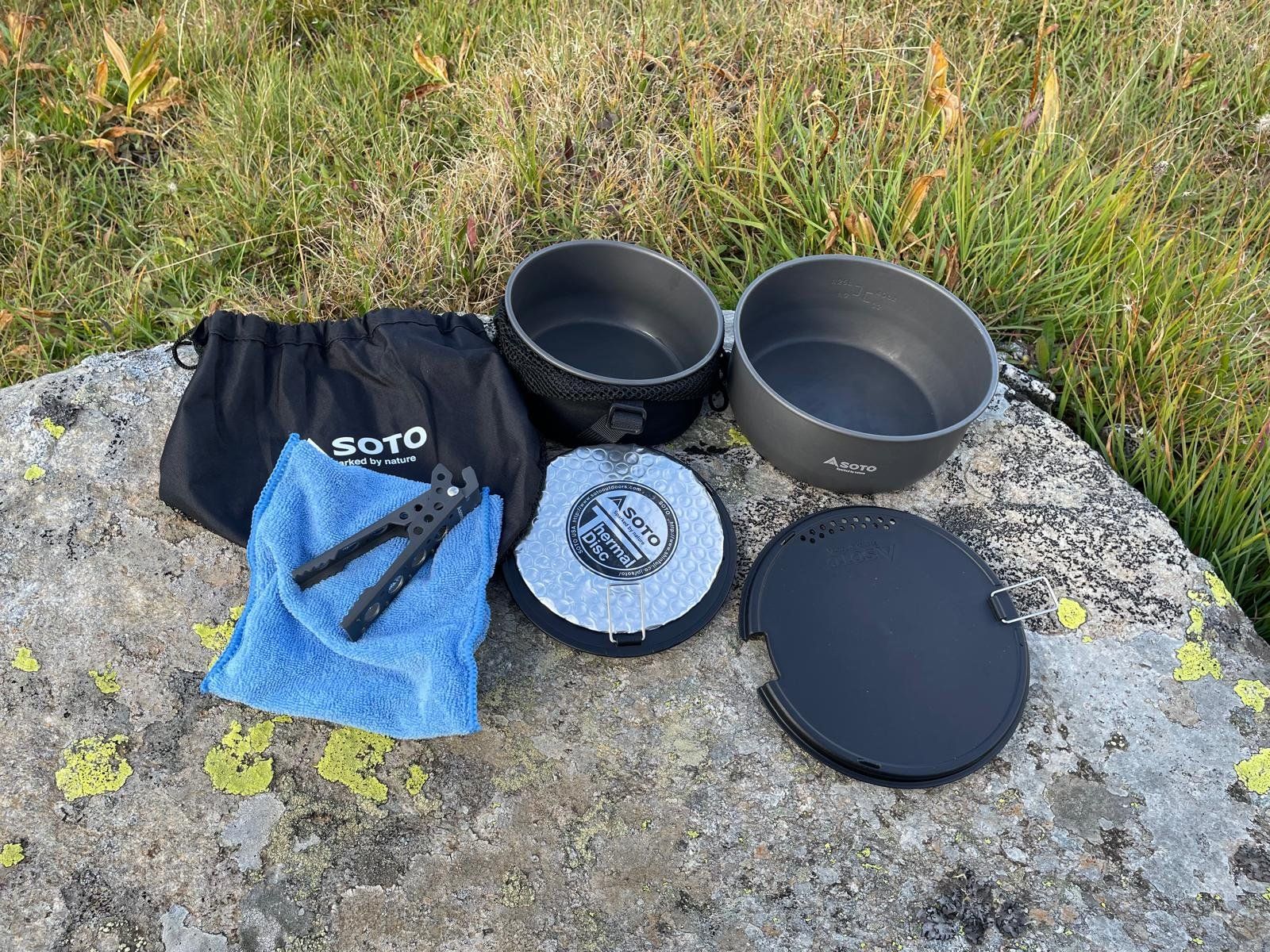Wir hatten die besondere Gelegenheit, Romain Millet, CEO der traditionsreichen Alpinmarke Millet, direkt an der Eigernordwand zu treffen. Anlass war die feierliche Vertragsverlängerung mit den Grindelwald Guides – ein Symbol für die tiefe Verbundenheit zwischen Marke und Bergsport. Im Interview sprach Romain Millet über die Meilensteine in der 100-jährigen Geschichte von Millet, persönliche Erinnerungen, neue Materialien und Herausforderungen im Outdoor-Markt.
Besonders eindrücklich: der Fokus auf den Gletscherschutz als zentrales Umweltthema der Marke. Mit eindringlichen Beispielen schildert er seine eigenen Erfahrungen mit dem Rückzug der Gletscher und macht klar, wie wichtig es ist, die Natur sich selbst zu überlassen – fernab von touristischer Kommerzialisierung. Auch als Unternehmensführer setzt er auf Neugier, Offenheit und globales Denken, um neue Zielgruppen zu verstehen und Produkte zukunftsfähig zu machen. Ein Gespräch zwischen Gipfeln, das inspiriert – und zum Handeln motiviert.
Interview mit Millet CEO
Das Interview mit Millet CEO Romain Millet folgt in Englisch.
What are some key milestones in Millet’s 100-year history?
Although Millet has existed for a century, its most defining chapter began after World War II — the true beginning of modern alpinism. That’s when people started venturing into the mountains with purpose, not just as guides but as climbers and explorers. Our gear was right there with them — Reinhold Messner, for instance, carried a Millet backpack during all his climbs of the 14 8000-meter peaks. During the first ascent of Annapurna, the French climbers from Chamonix were also using Millet gear made by my grandfather.
But it wasn’t just product placement — these athletes were close to our family. There was a real bond between climber, product, and mountain. That philosophy continues today — for example, we’ve just renewed our partnership with the Grindelwald Guides, continuing this tradition of supporting true mountain professionals.
Do you remember your first Millet product?
I do — and it was a funny one. It was a school backpack with a huge clock on the front. As a kid, I loved it and felt proud to carry it, even though you couldn’t see the time unless you took it off your back — not very practical! Years later, that very backpack was featured in our 100-year anniversary film — as an example of a design failure. Still, for me it holds emotional value. At that point, Millet wasn’t even owned by our family anymore, so it became a personal reminder of the brand’s legacy. Even flawed products can be meaningful when they’re part of your history.
What innovations or trends in the outdoor industry excite you most?
There are two big areas that really stand out. First is the future of materials. Most outdoor fabrics are synthetic — around 95% fossil-based — and we know we can’t rely on those forever. So we’re actively working on what the next generation of performance fabrics will look like. How do we ensure safety on demanding climbs like the Eiger when the fabrics we use today are no longer viable? That’s a major innovation challenge.
Second, the shift in how people experience the outdoors. Yes, climate change is threatening classic alpine routes, but it’s also opening the door to new types of adventures. Multi-sport trips — biking, climbing, hiking in one outing — are becoming more popular. In places like Interlaken, people go rafting, skydiving, and then visit the climbing gym all in one weekend. The idea that mountains are only for skiing once a year or climbing one summit is outdated. The mountain is becoming a space for everyday exploration, and that’s really exciting.
Has Millet ever taken a risk on a product that became a success?
Definitely — one great example is our Sky15 and Sky25 backpacks with the Boa fit system. Boa was traditionally used in footwear, and even their own team wasn’t sure it would translate to packs. But we believed in the idea, pushed to test it, and worked closely with them to adapt it for backpacks. Now, it’s one of our most successful packs in the U.S. The fit system allows for a really precise adjustment that makes a huge difference for comfort and performance — and it shows what’s possible when you take a risk on a new technology.
Have you taken inspiration from industries outside of the outdoor world?
Absolutely. My own career before Millet was in luxury watches and fast fashion — and both industries have shaped how I see innovation. Fast fashion is very data-driven and supply-chain focused. In the outdoor industry, we often produce gear far from where it’s sold, and fast fashion has taught us a lot about improving responsiveness, managing logistics, and using data to understand customer behavior.
From luxury, we’ve learned how to build deeper relationships with consumers — storytelling, personalization, and service all matter.
We also look to the car industry for design. Modern automotive design — with more fluid, rounded forms — has influenced how we think about pack and apparel aesthetics. And some of their materials are interesting too. For example, linen is being used for car interiors. It’s durable, sustainable, and mostly sourced in Europe. So we’re exploring how to use linen — not just for style, but as a technical alternative to fossil-based fabrics.
How is Millet approaching innovation, especially with sustainability in mind?
Innovation for us means embracing failure. If we only aim for success, we’ll end up playing it safe and just releasing commercial updates. So we encourage our teams to experiment — and accept that not everything will work.
Second, innovation doesn’t always fit into traditional timelines. Most brands operate on strict collection cycles, but real innovation often comes outside that rhythm. We’re learning to be more flexible with timing — when something is ready, we move on it, even if it’s off-cycle.
Partnerships are another essential piece. As a relatively small brand, we can’t innovate every part of the supply chain alone. So we collaborate — with material scientists, chemical companies, shops, and guide associations. Our successful backpack with Boa, for example, came from this kind of partnership.
Finally, testing is key. We work closely with mountain guides who spend 100–200 days a year outdoors, doing everything from climbing to biking. They use our gear in real, demanding conditions — and their feedback, as well as that of their clients, helps us build better products.
Why did Millet choose glacier conservation as a core environmental cause?
We’ve supported many philanthropic causes in the past, but glaciers really struck a chord. After speaking with glaciologists and learning how deeply glaciers impact ecosystems — from regulating global temperatures to supplying drinking water — it became clear that this was more than a mountain issue. For example, 50% of Lyon’s water comes from glacial sources, yet few people know that.
We launched our glacier initiative in 2025 to coincide with the UN’s Year of Glaciers, and we set up a dedicated fund for research, protection, and activism. Disappointingly, very few outdoor brands have joined us — even those who are usually vocal about sustainability. We hope to change that by leading through action and inviting others to invest in protecting these vital ecosystems.
Have you seen glacier retreat firsthand, and did that influence your commitment?
Yes, absolutely. I’ve seen it in the Mont Blanc massif — especially near the Grand Jorasses. One winter in February, we had to navigate open crevasses due to a lack of snow. Another time in November, the route was so dangerous we couldn’t find a safe way down. And just recently, snow that fell two weeks earlier was already gone — it’s disappearing that fast.
But it’s important to say: glacial retreat isn’t always catastrophic. When glaciers melt, nature often returns — lakes form, trees grow, microbial life appears. The real danger is human exploitation, like building hotels on the exposed land. We need to protect these areas and let them breathe.
Glacier retreat will also transform mountain sports. If 75% of Europe’s glaciers vanish, we’ll need to rethink activities, routes, and gear. But the worst outcome would be people disconnecting completely — staying indoors, on the sofa, watching Netflix. We have to keep people inspired and connected to nature.
What’s the biggest leadership lesson you’ve learned in the outdoor industry?
Curiosity. That’s the most important quality. In this industry, we’re passionate — I’m passionate! But passion can make you believe you already know what people want. And often, we don’t.
Take India and China — there are 100 million new outdoor consumers emerging. They have different needs, perspectives, and relationships to the outdoors. If we’re not curious enough to listen, we’ll miss the opportunity to serve them.
Our success in Japan came from empowering Japanese teams to design 80% of the products themselves. That’s the kind of localized innovation that curiosity makes possible. When you build gear in France, it doesn’t mean it’s perfect for Chamonix and for customers in Tokyo. We have to stay humble, open, and curious — that’s how we’ll stay relevant as a global brand.
Thank you Romain for the interview.
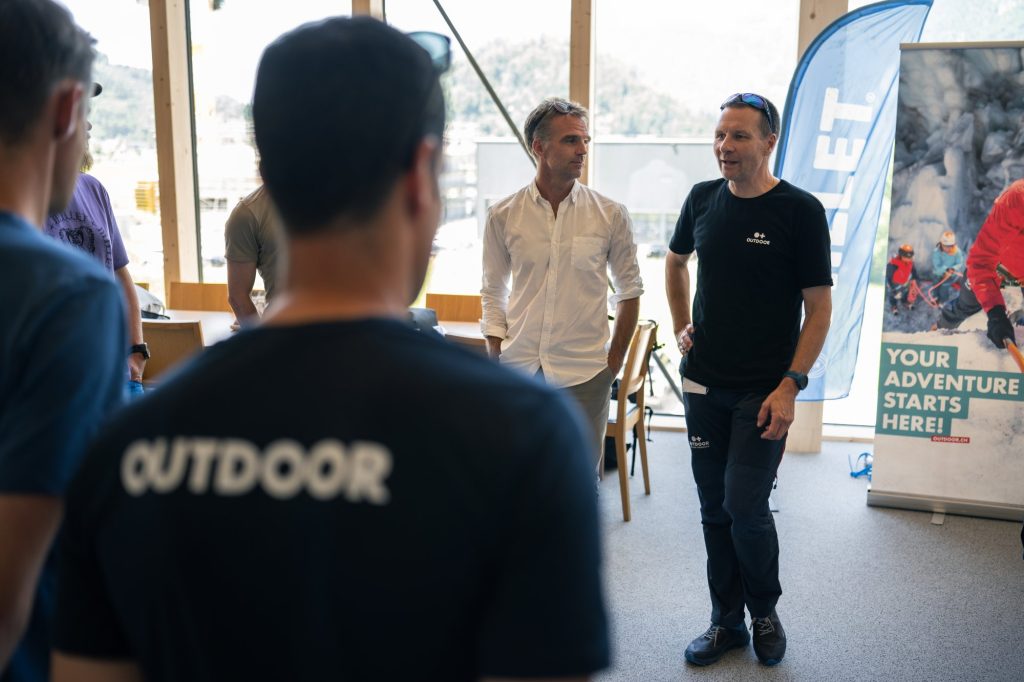
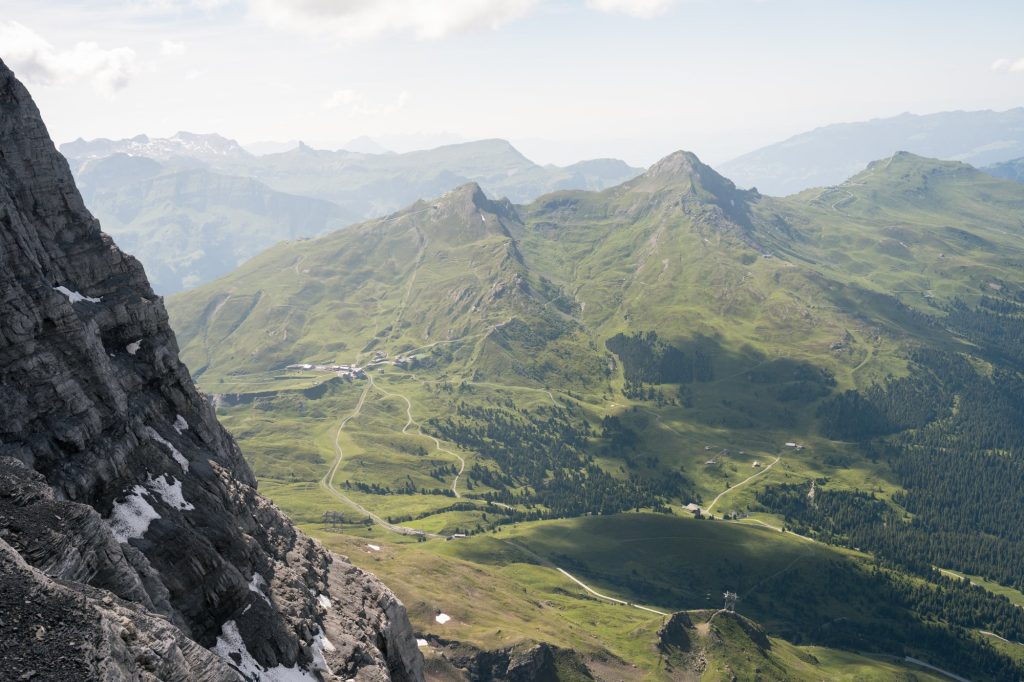
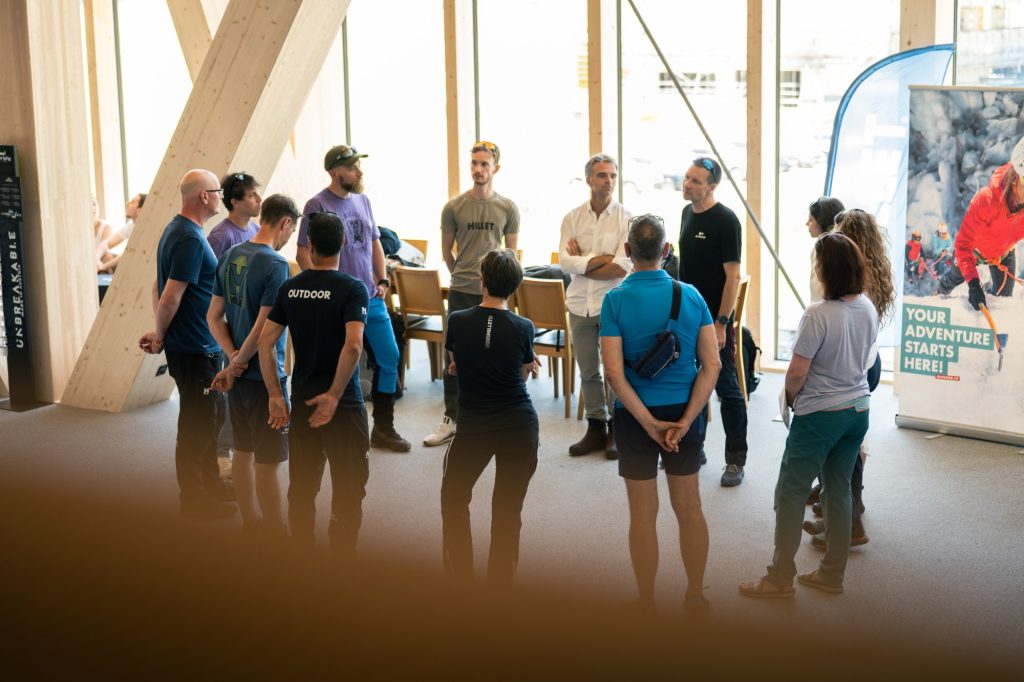
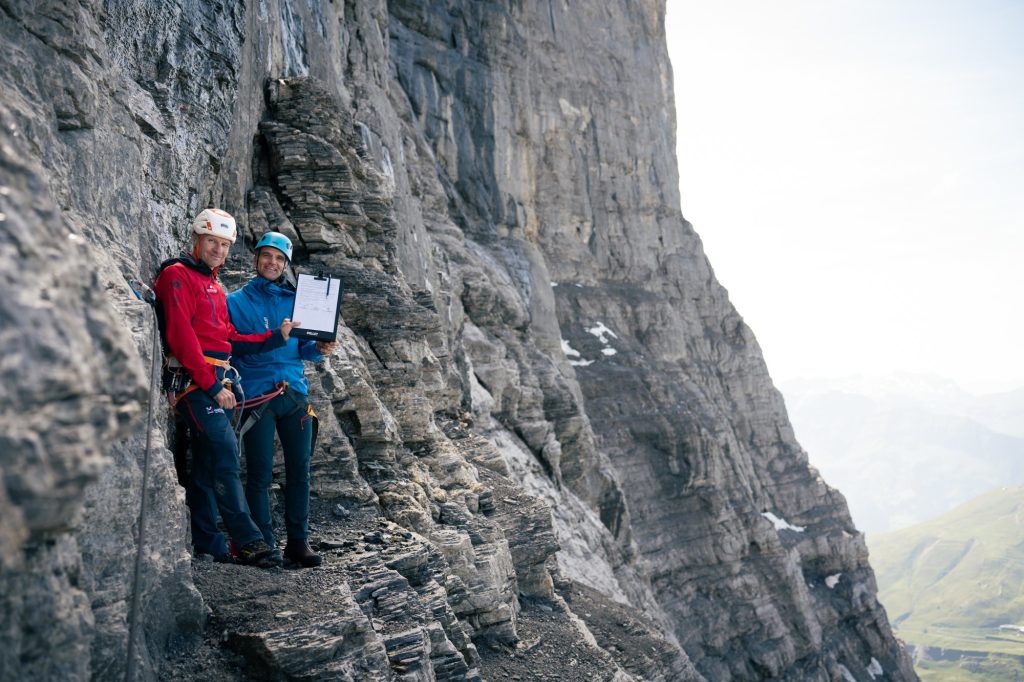
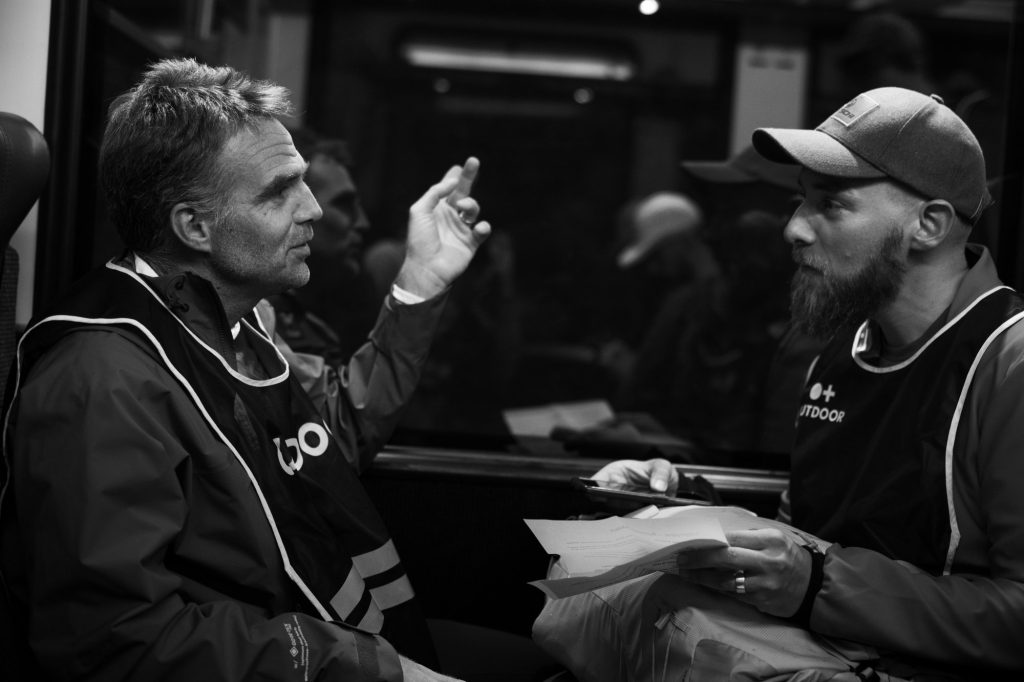
Quelle Bilder: Pierre Desmottes für Millet

